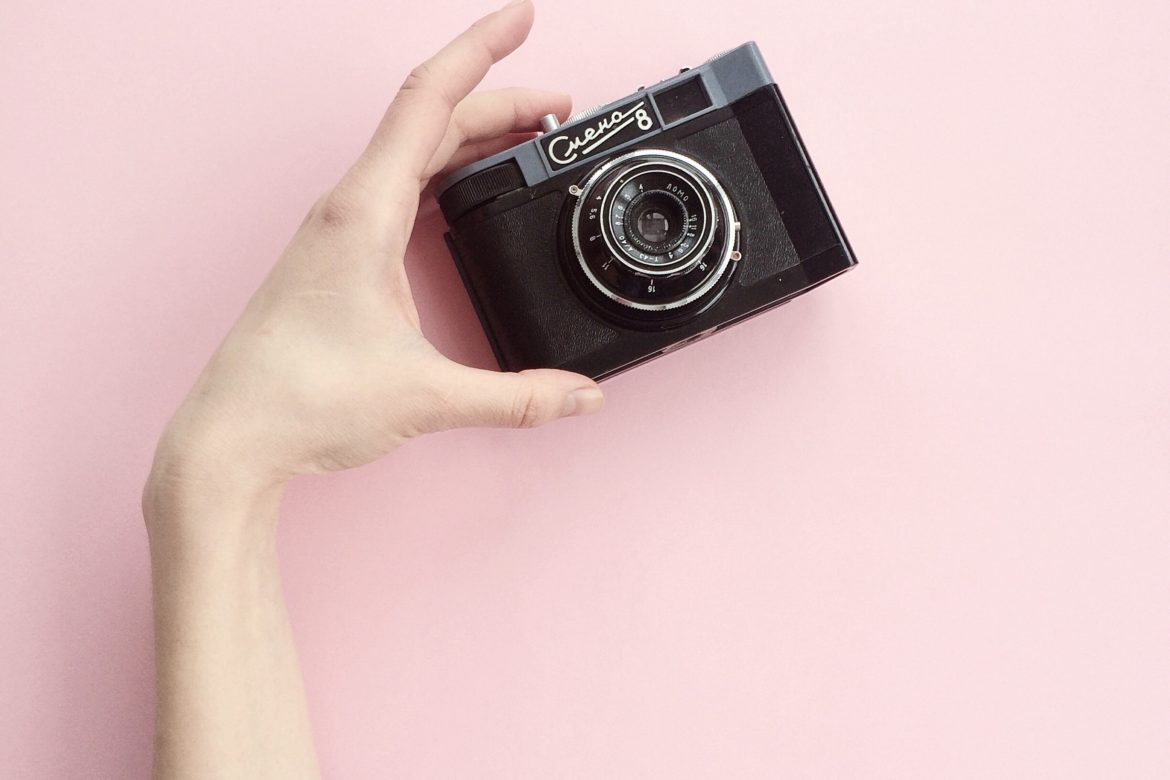The use of photos and videos is a well-established approach to data collection for research. Most teachers take photos and videos of their class once they have gained consent from parents and guardians. With little effort, photos and videos of everyday scenes from your classroom can be utilised as a form of data collection. Photos and videos can be utilised for gathering, recording and presenting data and conclusions. However, the analysis of photos and videos is not a stand-alone approach, but can enhance other research methods. The majority of students can use a camera or iPad, and if not adjustments can be implemented to support the use of technology, thus making this research approach an inclusive one. It is particularly empowering when students are positioned as co-researchers and are responsible for taking photos and videos as well as analysing the meanings in images. This is referred to as ‘photo novella’, ‘photo-voice’ or ‘participant photography’.
When photos and videos are studied in depth and accompanied by careful descriptions and analysis, they provide a rich form of qualitative (words) data. Some teachers incorporate quantitative (numbers) data in their visual analysis through approaches such as fixed time sampling, sampling across time, event-based sampling and dimensionally-based sampling. However, this article will focus only on qualitative analysis of visual material with the purpose of developing a deeper understanding of the culture within your classroom. In this situation, the analysis of photos and videos is referred to as ‘visual ethnography’, with the term ‘ethnography’ meaning to write about people with a focus on how a culture or social group sees things.
Visual ethnography can inform the inclusion of students with disability by capturing whether all students are involved in the social dimension of the class. Inclusion is much more than being present in a classroom and can be understood as belonging, participation, opportunity and recognised contribution (Cologon 2016). Micro-exclusion occurs when students with disability are present, but not participating in activities. Photos and videos are an excellent means of capturing data on who is included and who is not. It is important to ensure that everyday scenes are photographed rather than staged photos. As well it is important to collect data in such a way that the teacher imposes a minimal amount of personal bias in the data. This is where reflexivity plays an integral role in research as the teacher needs to reflect upon how their past experience, values, beliefs and presence shape not only what happens in the classroom, but also what they see in the research process. For example, if a teacher has a limited understanding of what inclusion is, they may mistakenly assume that students are participating, when in fact, they are experiencing micro-exclusion.
The process of data collection and analysis can in itself include or exclude students. Data needs to be seen as something that informs teaching and learning, rather than a reflection of the capability of individual students and used for sorting and labelling.
There are four approaches to visual data collection (Kobayashi, Fisher & Gapp 2008):
- The teacher takes the photos/ videos (data collection) and analyses them (data analysis).
- The students take the photos/ videos (data collection) and the teacher analyses them (data analysis). The students are active participants in this approach.
- The teacher takes the photos/ videos (data collection) and discusses these with the students. In this situation the students are invited to interpret the photos/ videos and the teacher analyses the visual data and the student interpretations (data analysis).
- The students take the photos (data collection) and the teacher discusses these with the students (data analysis). The students are empowered to be not only active participants in the research process, but also co-researchers, as they are in charge of both the data collection and analysis.
An analysis of the photo/ video is an important step as it can highlight the complex interplay of student relationships. To achieve this, teachers need to go beyond a surface description to incorporating detail and a description of social relationships within a particular context. This descriptive approach is referred to as ‘thick description’. The steps below act as a guide to assist you to write a thick description.
1.Background Information
Provide background information to more fully understand what is happening in the photo.
2. Observation
Study the photograph/ video. Form an overall impression of the photo and then examine individual items.
List all the people, objects and activities that are visible.
3. Inference
Based on what you have observed above, list things you might infer from this photograph or video. The teacher needs to examine their impact on the outcome, e.g. did your presence or directions shape or determine the way the photos or videos were taken?
Write a few sentences that describe what is happening in the photo or video. What thoughts do you have about each student in the photo/ video and their belonging, participation, opportunity and recognised contribution?
4. Questions
What questions does this raise in your mind?
Where can you find answers to these questions?
Here is an example of a teacher’s thick description of a photo. Due to time constraints, the teacher took the photo herself and analysed it rather than asking her students to be involved in the process. Only the description is shared here and not the photos due to confidentiality. All identifying information has been removed from the descriptions. There were several photos taken and analysed during this lesson, but two photos were chosen for inclusion in this article as they highlight the themes of inclusion and exclusion that this teacher found in her data.
1. Background Information:
The school I teach at is a low socio-economic school situated 45 minutes north of the CBD. These photos are of my Year 4/5 class during one of our weekly visits to the resource area during free reading time at the beginning of the year. The students are allowed to choose what they want to read for twenty minutes during free reading time, and they can also decide whom they want to sit with. My class is consists of students from a range of cultural and religious backgrounds. There are two students with intellectual disabilities within the class. The first photo is of a group of students in the Year 4 cohort who are all high achievers who typically outperform their Year 5 peers. The second photo is of a boy in Year 5 who has an intellectual disability that results in difficulty across all areas including expressive language, literacy and social skills.
2. Observations:
a. Photo One
There
are four students in this photo. The students, three girls and one boy are
sitting cross-legged in a semi-circle on the floor of the library near each
other with their knees almost touching, each holding a different book/ novel. The
boy is the furthest one away, and his back is to the camera. The girls are very
similar in appearance as all have long, straight, fair hair which is loose (the
school rules are that hair should be tied up). They also have other
similarities, including similar necklaces of a heart on a silver chain
(jewellery is also against the school rules). The boy also has fair hair and
skin. One of the girls on the left is peering into the book of the girl beside
her. The other three students are engrossed in their books/ novels, and the
student furthest from the camera has a smile on her face. Behind the students
are bookshelves filled with books.
b. Photo Two
This photo is of a boy on his own. He is much smaller than the other students and has dark hair and dark skin. He is standing awkwardly, holding onto the bookshelf, staring away from the books into the centre of the room. The bookshelf that he is holding onto contains an array of non-fiction texts. There are no other students in his proximity.
3. Inferences:
The four students in photo one appear to be comfortable and happy in the context of the library, are following the instructions to obtain a book and find somewhere quiet to sit and read, and enjoying the task. Their close sitting arrangement is suggestive of a close friendship and an eagerness to share experiences. The similar appearance of the girls and the choice of jewellery suggest that they mirror each other.
In contrast, the student in photo two is disengaged from not only the teaching /learning activity but also the social dimension of this activity.
4. Questions:
These photos raise further questions about the social dynamics in my classroom.
Do the students in my class have exclusive friendships?
Do the students in close friendships share similar traits?
How many friends do students with disability have?
Are there other students in my class who spend much time alone?
How can I improve the social dynamics in my class?
I can further obtain data to answer these questions from a sociogram, observations, surveys and individual conferences.
Further Reading:
Cologon, K. (2013) Inclusion in Education: Towards Equality for Students with Disability Macquarie University: Children and Families Research Centre Institute
Kobayashi, K., Fisher, R., & Gapp, R. (2008). The use of photographs in operations management research. In Proceedings of the 6th ANZAM Operations Management Symposium. Gold Coast, Australia: ANZAM.
Photo by Daria Shevtsova from Pexels





I appreciate the info on your site. Thanks a lot!
You’re welcome.